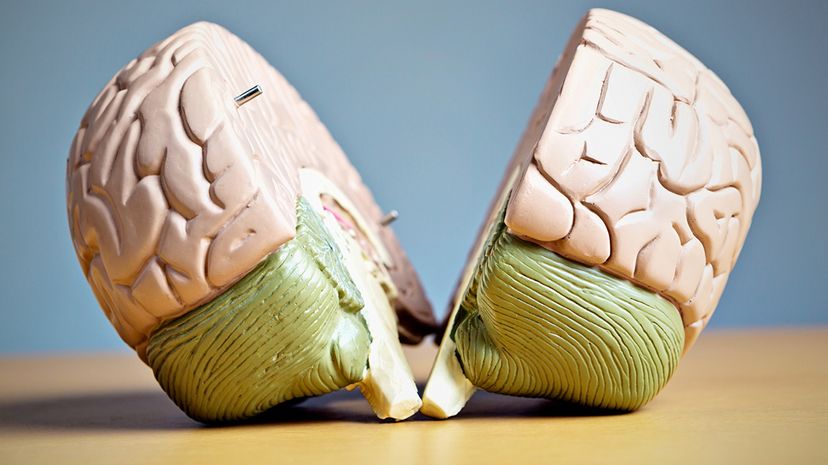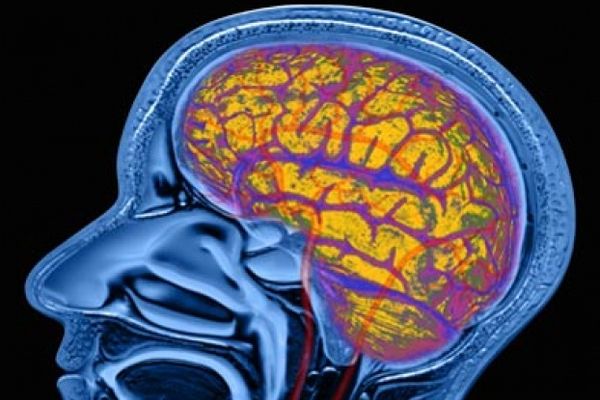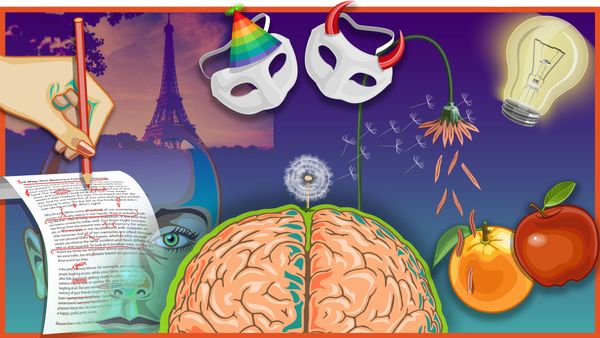
Considering the popularity of brain teasers and brain-trainingapps, you'd think that people would know quite a bit could about the brain's role in education. But according to a new study, the general public and even educators have a hard time squashing misconceptions about the brain and learning. For instance, many of the research participants believed that students' brains shrink without sufficient water, and that kids are less attentive after devouring sugary treats. (Both of those statements are false, by the way.)
The brains behind thestudy, published in the journal Frontiers of Psychology, gave a survey featuring 32 true-or-false brain-related statements to three different groups: educators, the general public and people with "high neuroscience exposure" (those who had taken many collegeneurosciencecourses). Of those statements, the researchers focused on seven common myths that stem from what they call "single explanatory" factors, or ones that reduce the complexity of human behavior to a single explanation. Those seven myths are the following:
Advertisement
- Individuals learn better when they receive information in their preferred learning style.
- Children have learning styles that are dominated by particular senses.
- A common sign of dyslexia is seeing letters backwards.
- 听抚慰心灵cal music increases children's reasoning ability.
- Children are less attentive after consuming sugary drinks and/or snacks.
- Some of us are "left-brained" and some are "right-brained," and this helps explain differences in learning.
- We only use 10 percent of our brain.
Of the 3,045 general public respondents, an average of 68 percent believed these brain myths. Fifty-six percent of the 598 educators endorsed them, while 46 percent of the 234 neuroscience-exposed group thought they were true.
Some of the most commonly believed misconceptions among the seven were those about learning styles, dyslexia and classical music's effect on reasoning. TheVAKlearning styles theory suggests students have a primary way of grasping information: visually, auditorily or kinesthetically. Themythis that some students may not learn as effectively if their style isn't emphasized. Ninety-three percent of public respondents believed this myth, and there was only a 2 percent difference between teachers (76 percent) and those educated in neuroscience (78 percent). And 55 percent of the participating educators believed in the Mozarteffect, the idea that kids' spatial reasoning skills improve when they tune in to classical music. However, thismythhits a sour note — research doesn't corroborate this belief.
研究人员确实发现,研究生德gree, taking neuroscience courses, exposure to peer-reviewed science and being younger all helped when it came to telling neuroscience fact from fiction — but those factors don't completely help. "The myths [respondents with neuroscience experience] believed were related to learning and behavior, and not the brain," said lead study author Lauren McGrath in apress release. "So, their training in neuroscience doesn't necessarily translate to topics in psychology or education."
Since many school districts put time and resources toward pedagogical techniques based on these myths, the researchers suggest this study may help neuroscientists and educators work together to come up with cross-disciplinary training modules that provide more accurate information.
Advertisement



